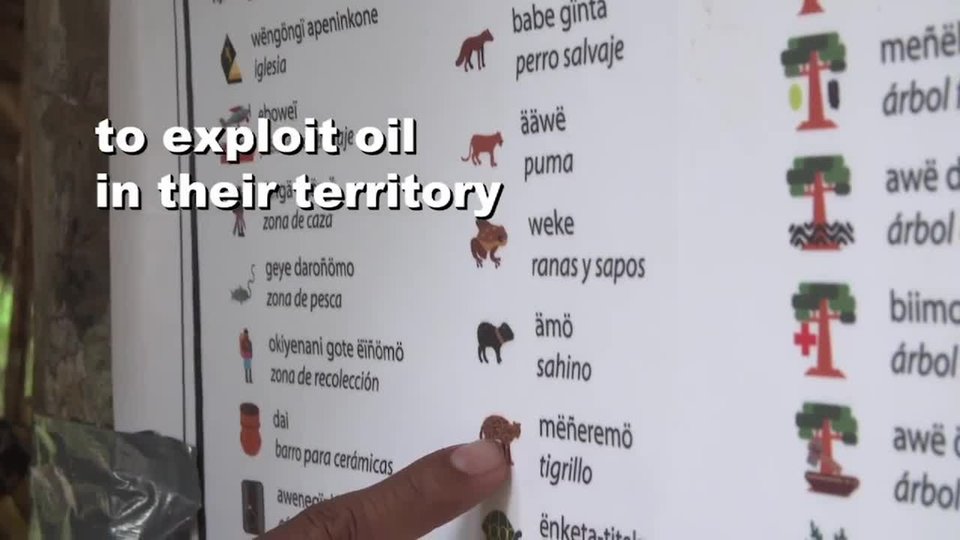
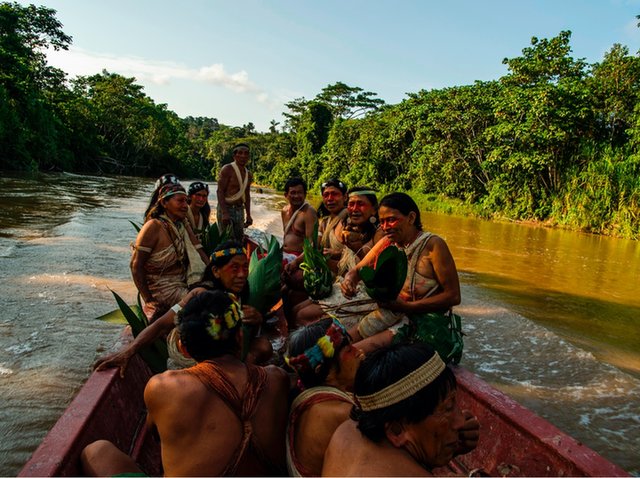
Waoranipeopletravelingbycanoeona river


DrillingDown
In2012,thegovernmentofEcuadorwantedtooffernewdrillingrightstooilcompanies.ThedrillingareaincludedWaoranilands.ThegovernmentwasrequiredtoexplaintheprosandconsofoildrillingtotheWaoraniandother communities.
So,governmentrepresentativesflewintotherainforestandheldshort,rushedmeetings.ManyWaoranididnothavetimetotravelbyfootorcanoe.Fewunderstoodthelanguagethatwasused.Andonlythebenefitswere presented.
Afterward,theWaoranilearnedthatthegovernmenthaddividedupalargesectionoftheAmazon.Thesesectionswouldbeauctionedofffordrilling.TheWaoranisectionwasnumber 22.
Theyneededtodefendtheirland.Butfirst,theWaoronineededa leader.
ALeaderforHerPeople
NemonteNenquimoisa35-year-oldmother.ShewasbornandraisedintheWaoraniculture.Earlyinherchildhood,herfamilymovedtoacommunitydeepinthe rainforest.
Nenquimo’schildhoodwasfilledwithswimmingintherivers,pickingwildfruit,andlisteningtotraditional songs.
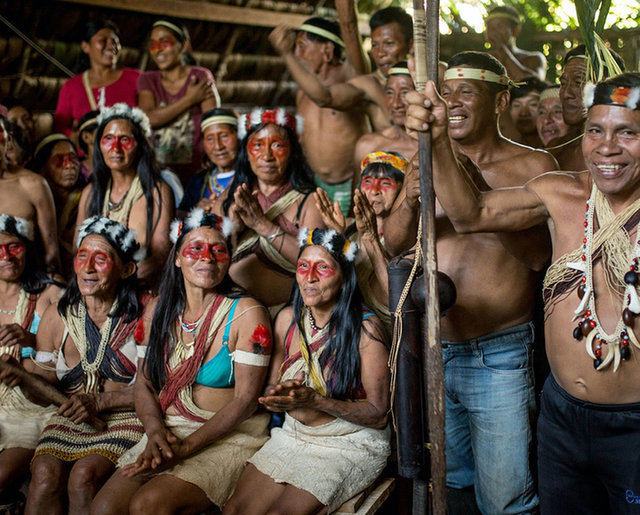
aWaoranicommunity gathering
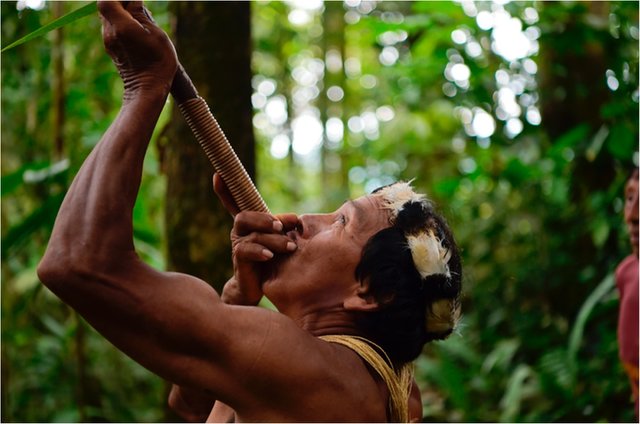
ThisWaoranielderusesablowpipeanddartsfor hunting.

Nenquimo’sgrandfather,Piyemo,wasarespectedwarrioranddefenderofWaoraniterritory.Piyemobelievedthattherainforestshouldbeprotected.Fromhim,Nenquimolearnedthatthelandmustbedefendedagainstthosewhodonotmaketheirhomes there.
Nenquimolearnedfromhergrandmother,too.WomenintheWaoraninationhavetraditionallybeenthecaretakersoftheforest.Theywatchovertheplantsandanimalsandtellthemenwheretohuntandforwhich animals.
Nenquimowasalreadyacommunityleader.In2015,shehelpedleadtheWaoraniinaprojecttomaptheirancestrallands.Eldersandyoungpeopleworkedtogether.Theymappedthesacredwaterways,animalbreedingsites,burialspots,andfruittreegroves.TheyusedtraditionaldrawingmethodsaswellasGPSandcameras.ThesemapswouldbeinvaluabletoshowthedeeprelationshiptheWaoranihavetotheir land.
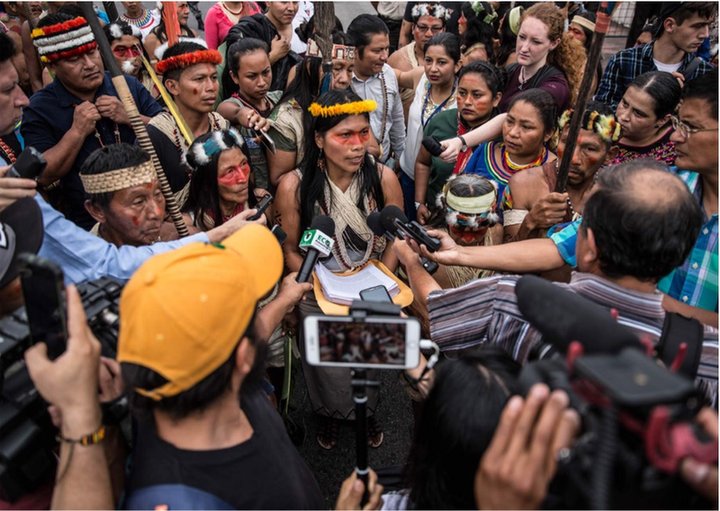
Surroundedbyherpeople,Nenquimospeakstoreportersaboutthecourt case.
TwelvecommunitieselectedNenquimoandfourotherwomentoleadthelawsuit.ThecasearguedthatthegovernmenthadnotgottenthefreeagreementoftheWaorani.Andthiswasrequiredbylaw.Theplannedauctioningofthelandswas illegal.
OnFebruary27,2019,theWaoraniofficiallysuedthegovernmentofEcuador.Theydidnotknowiftheywouldsucceed.But,theyknewtheyhadto try.

